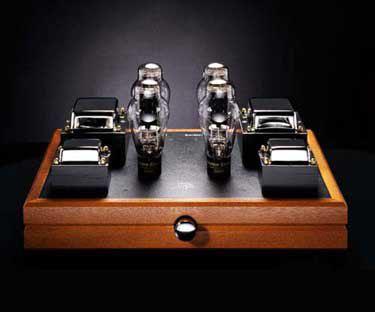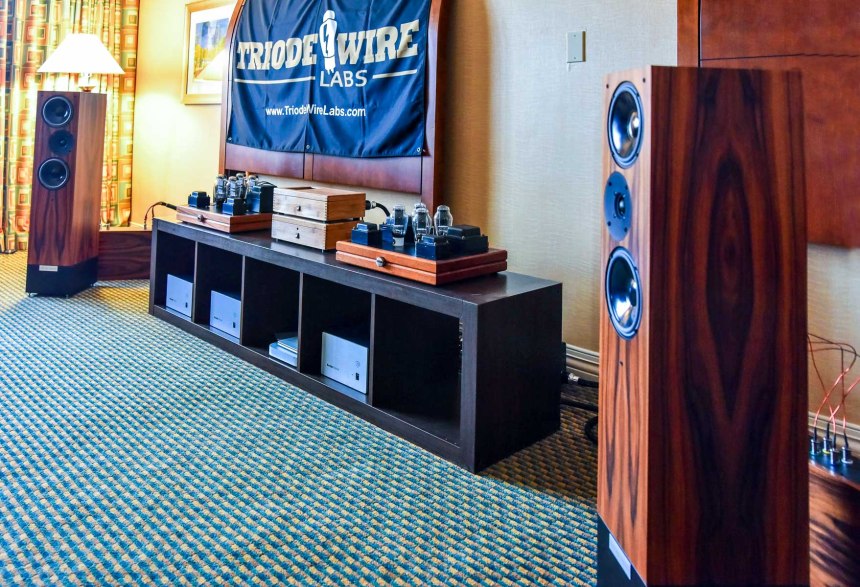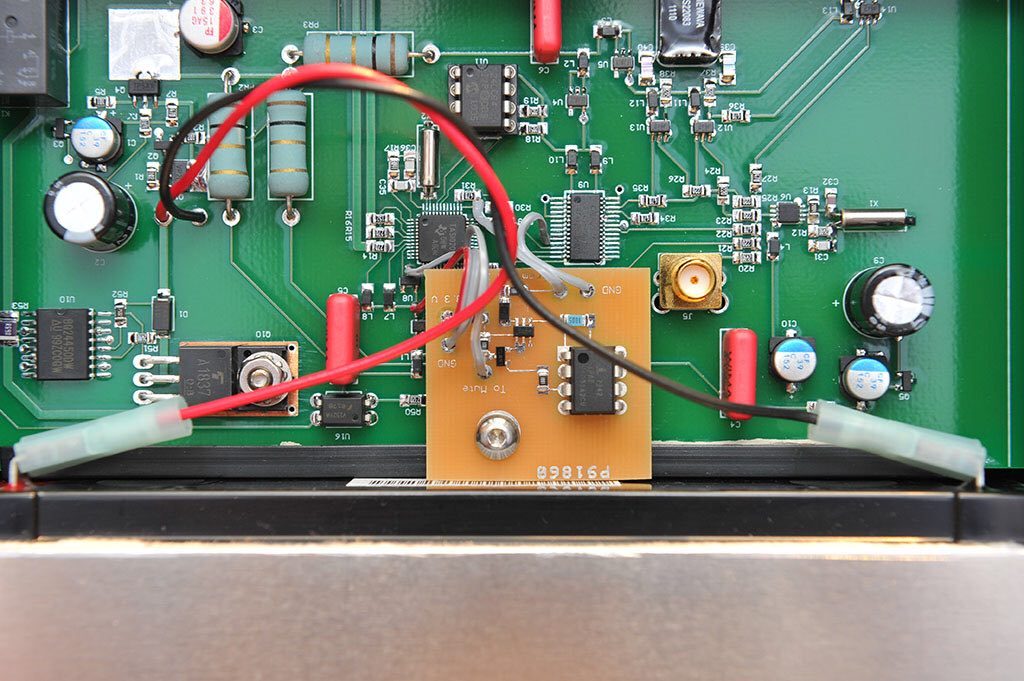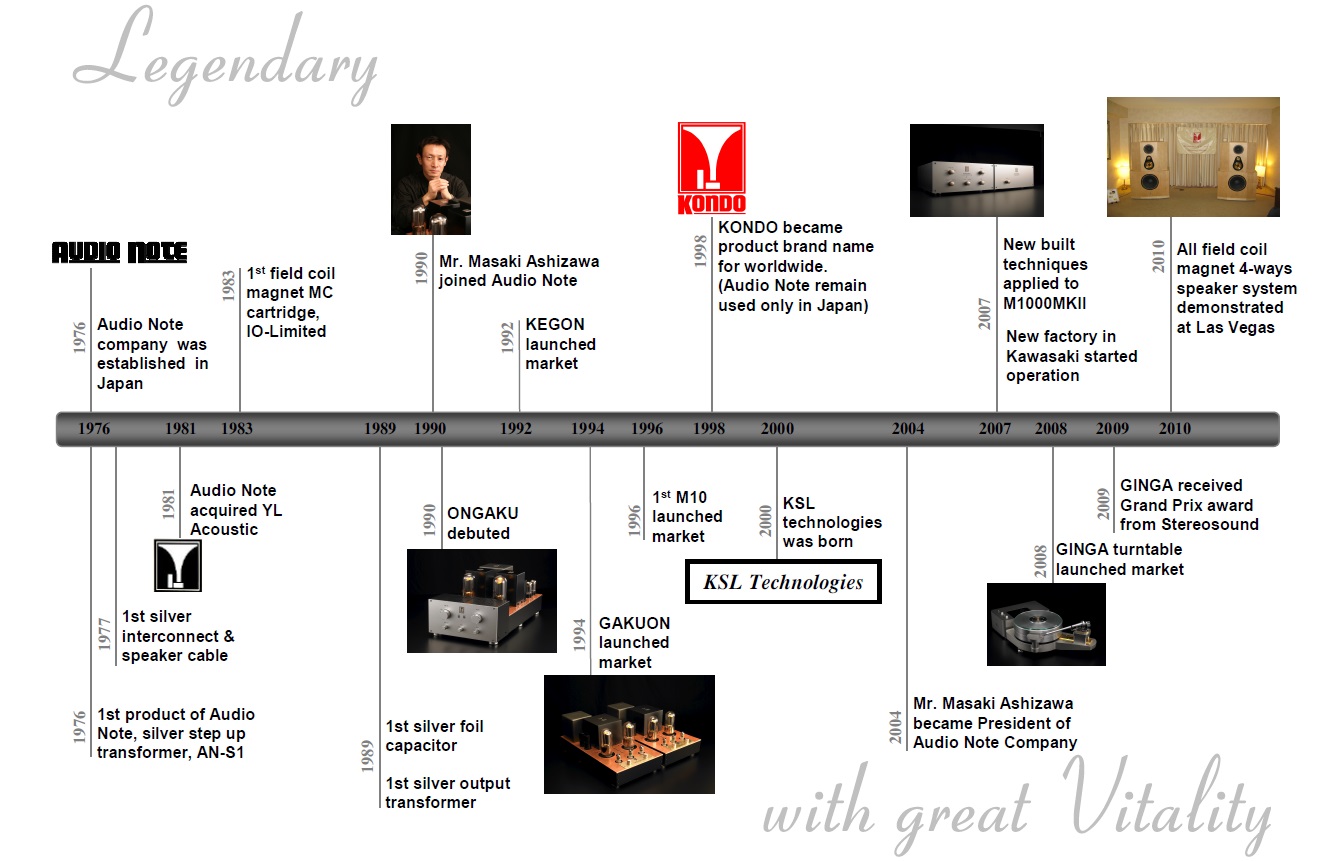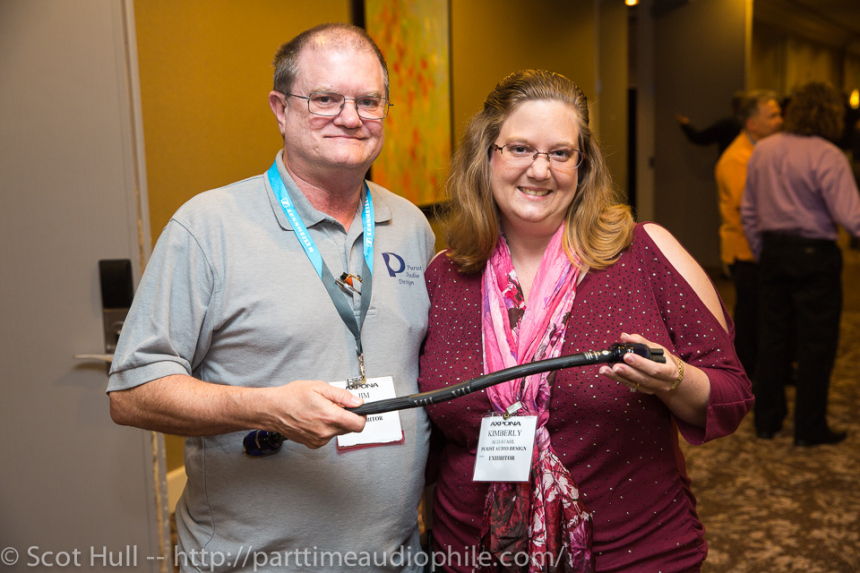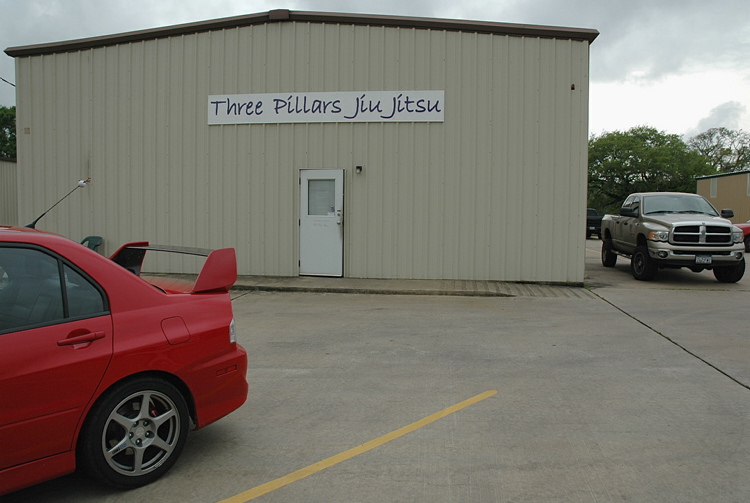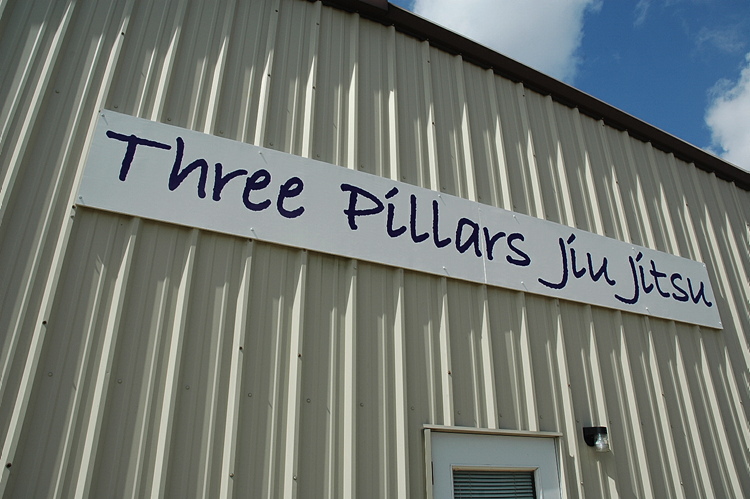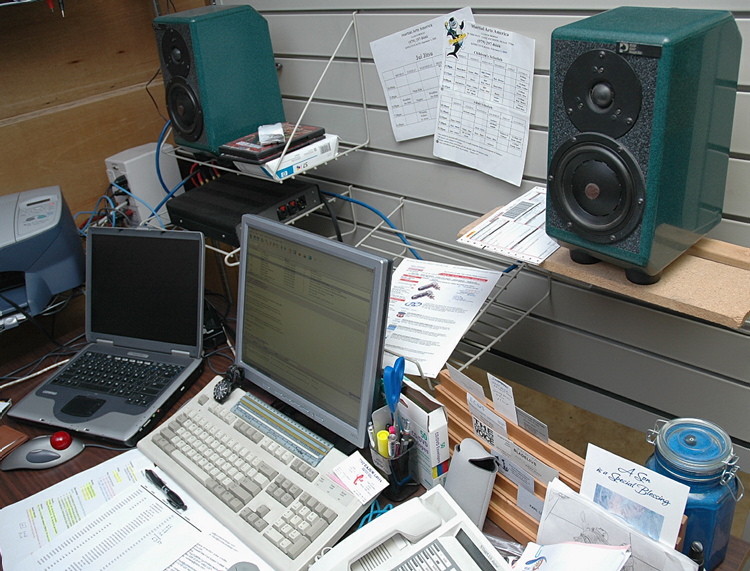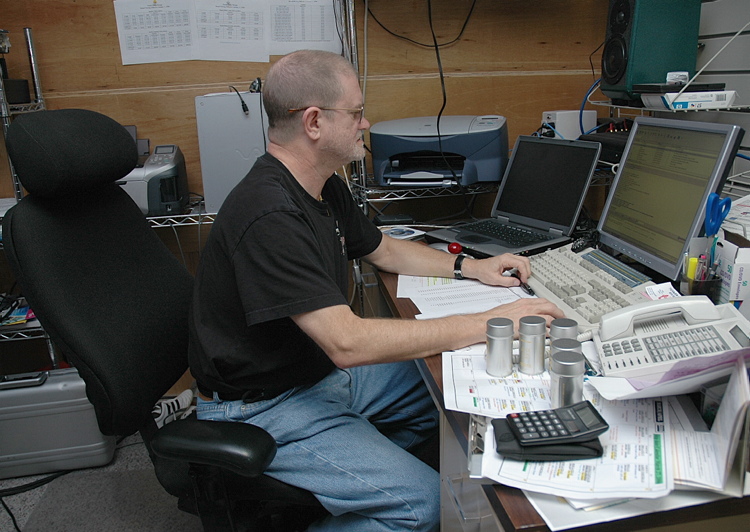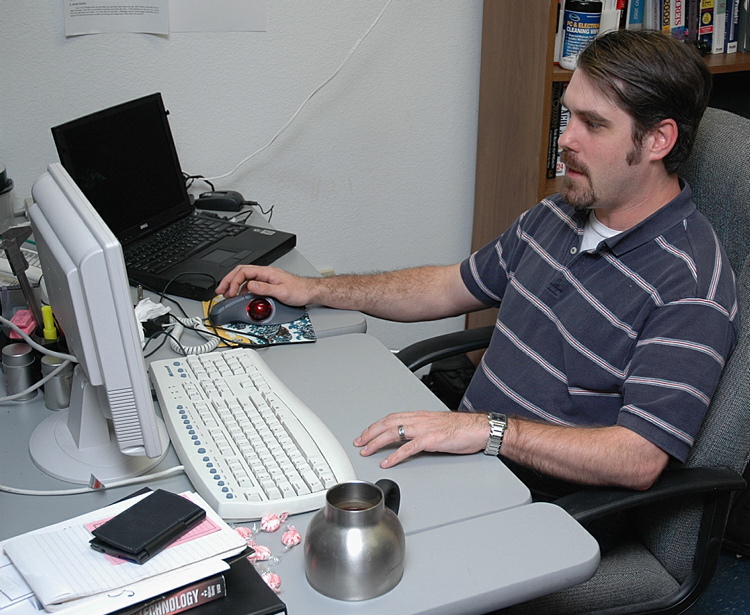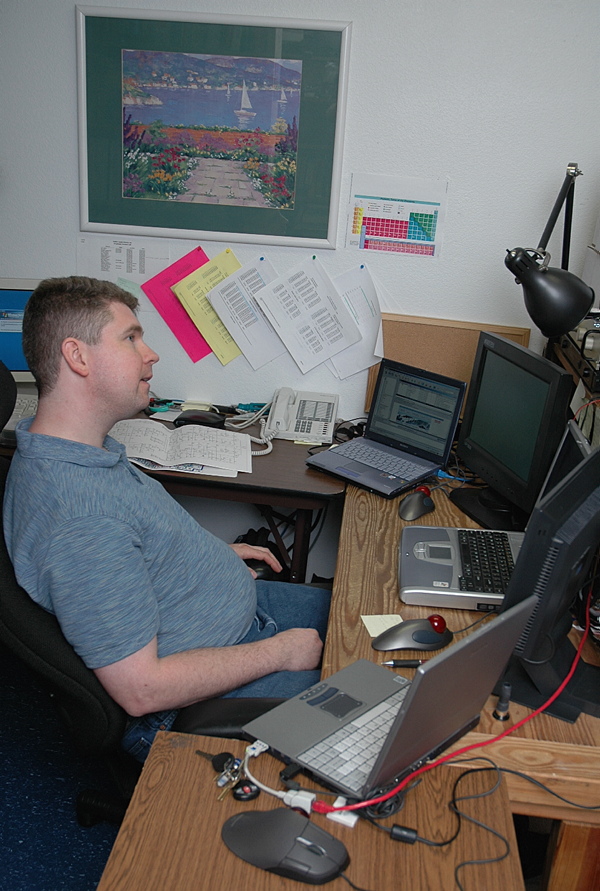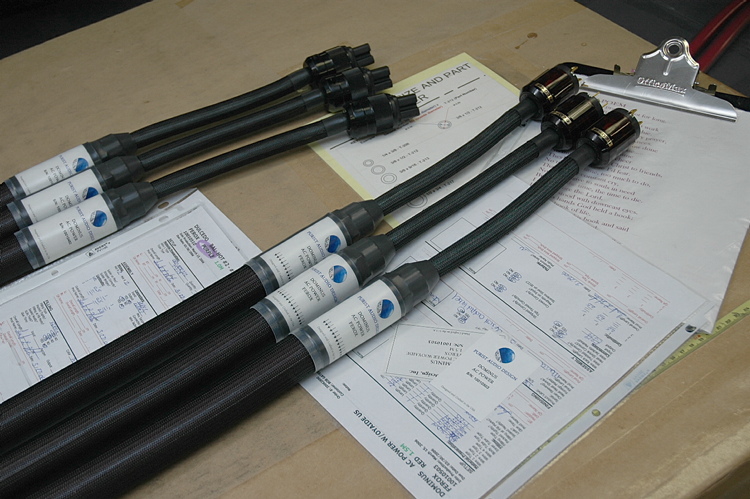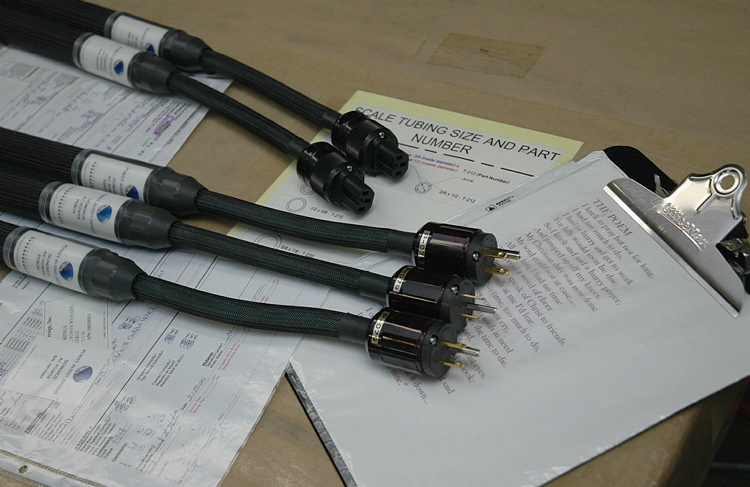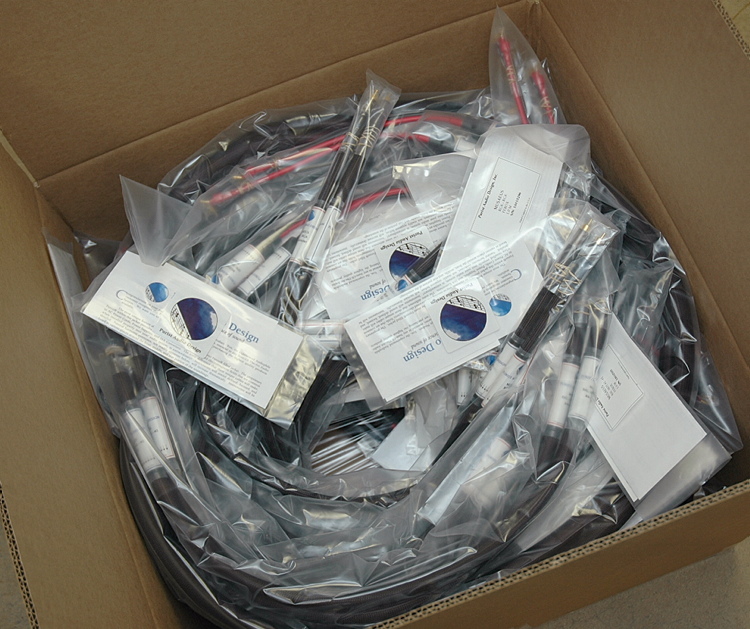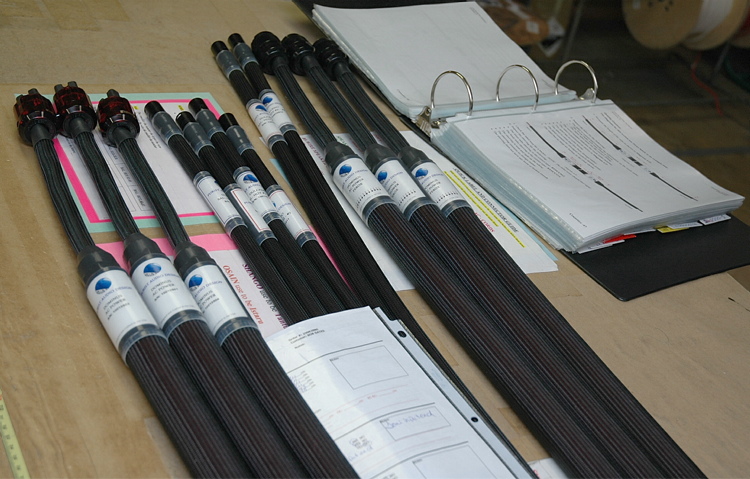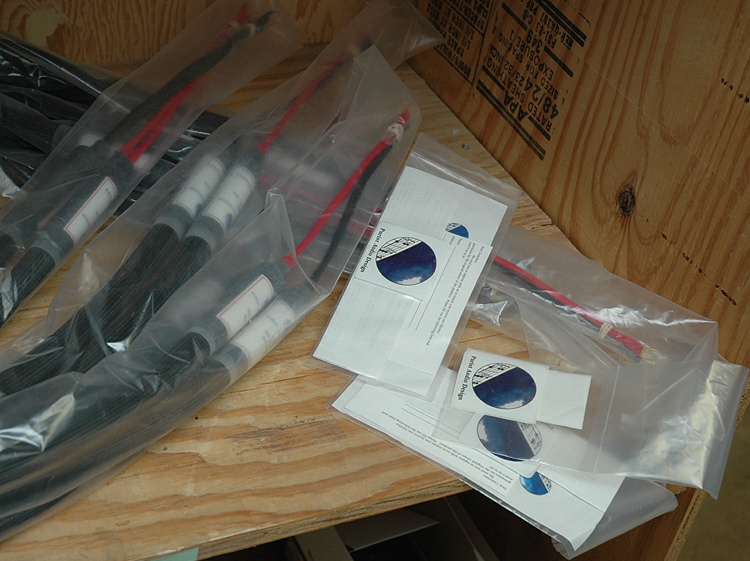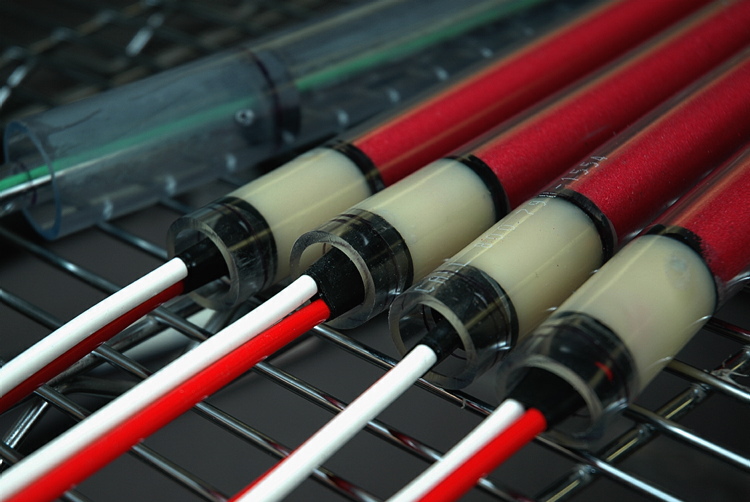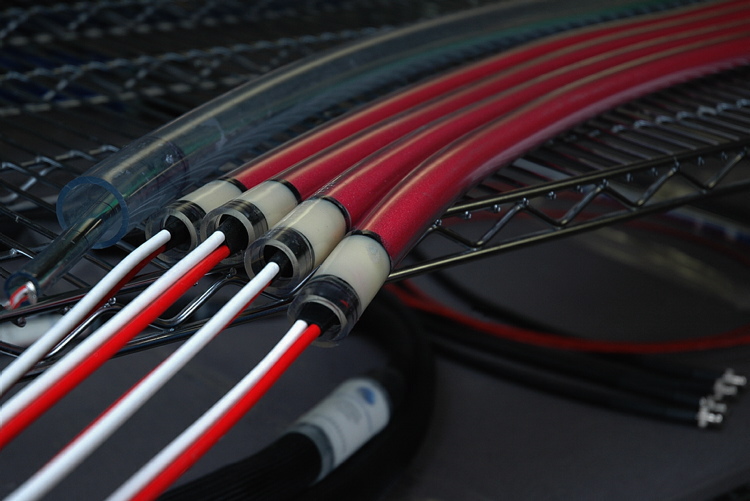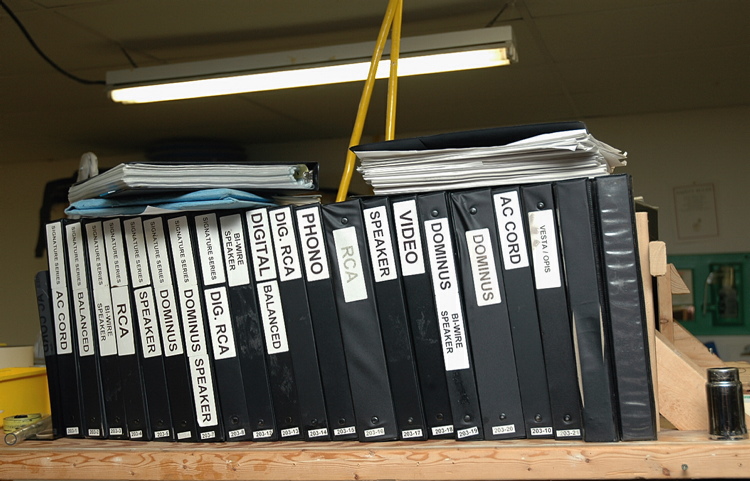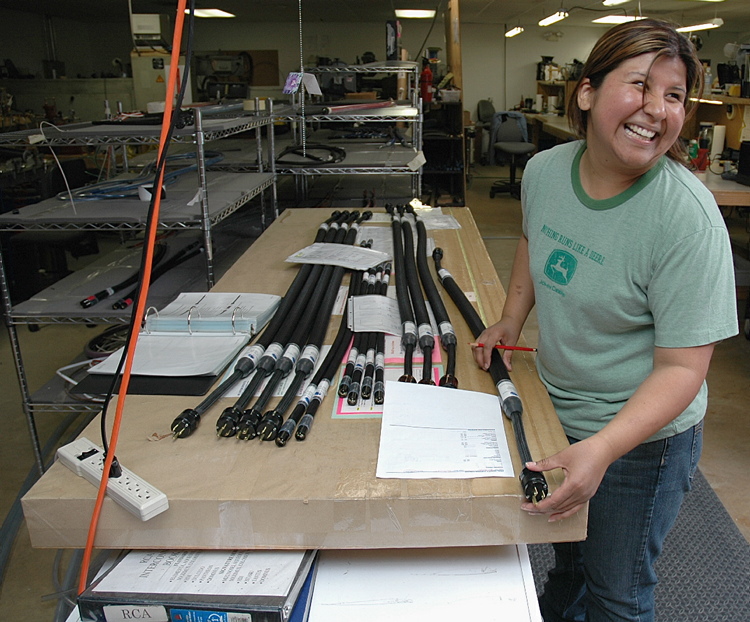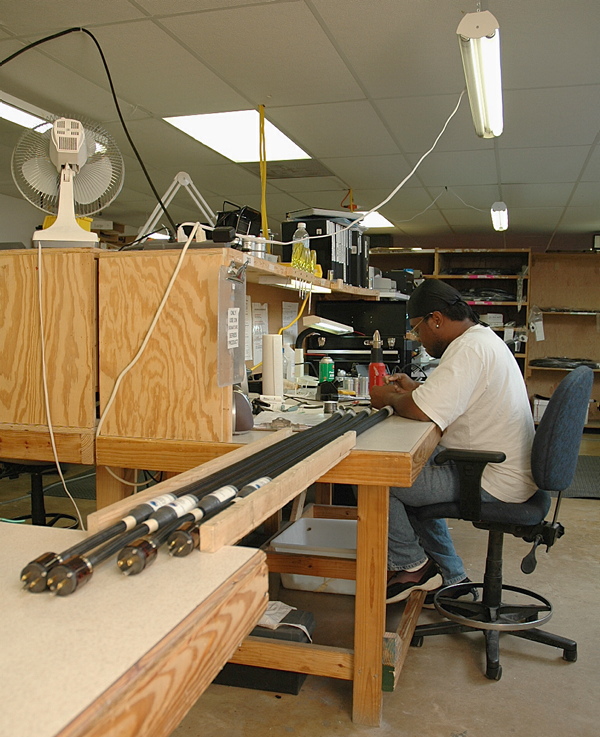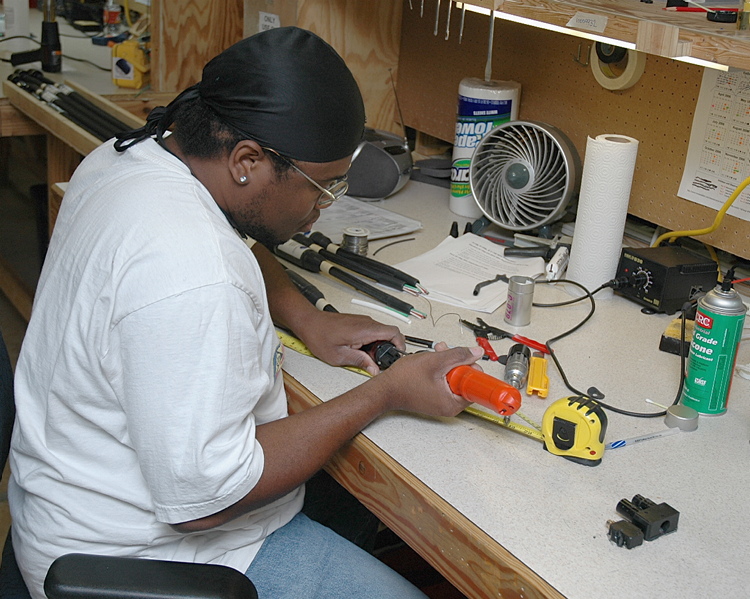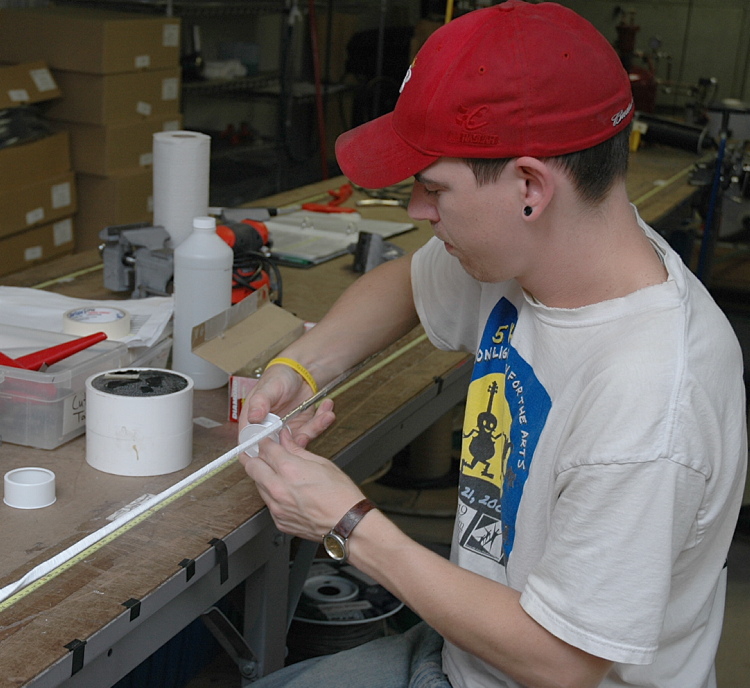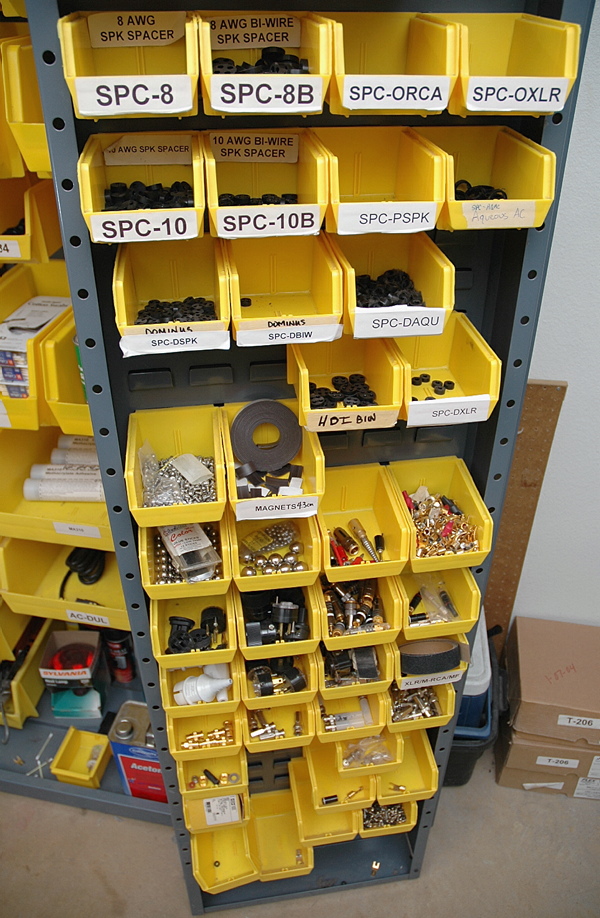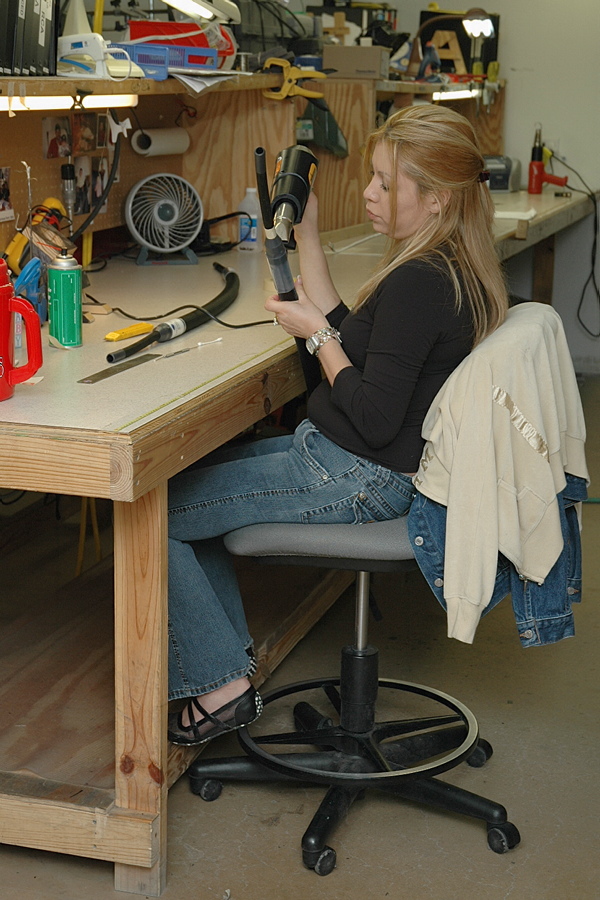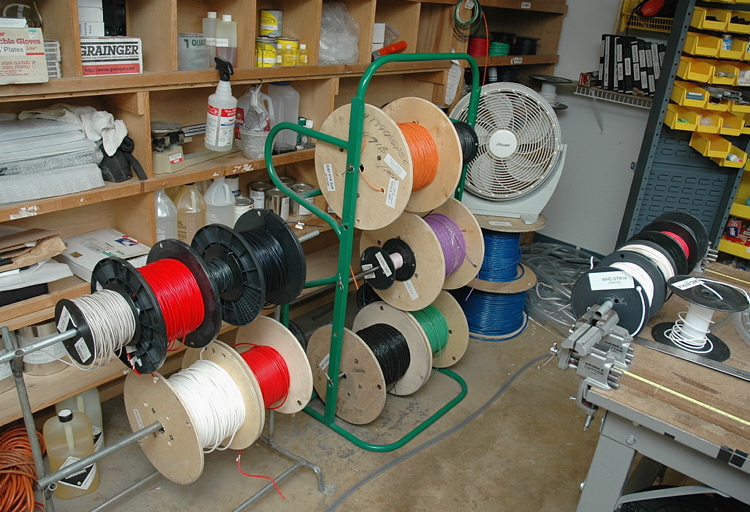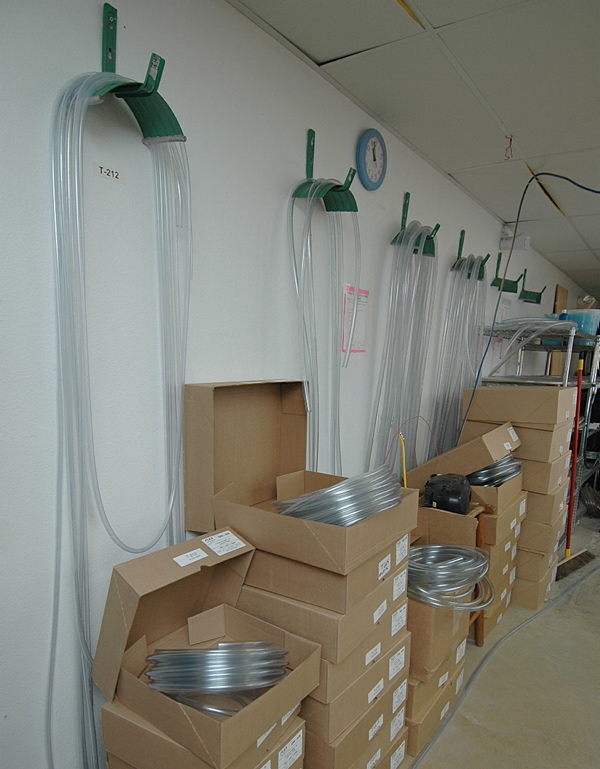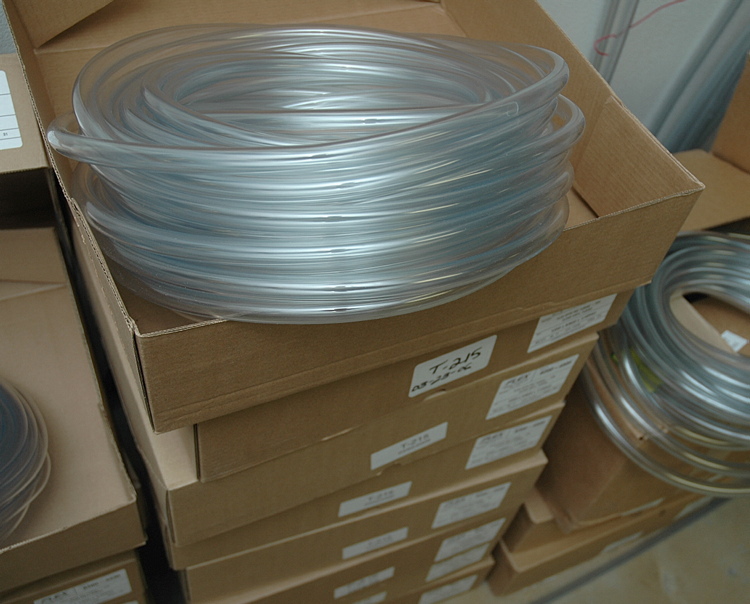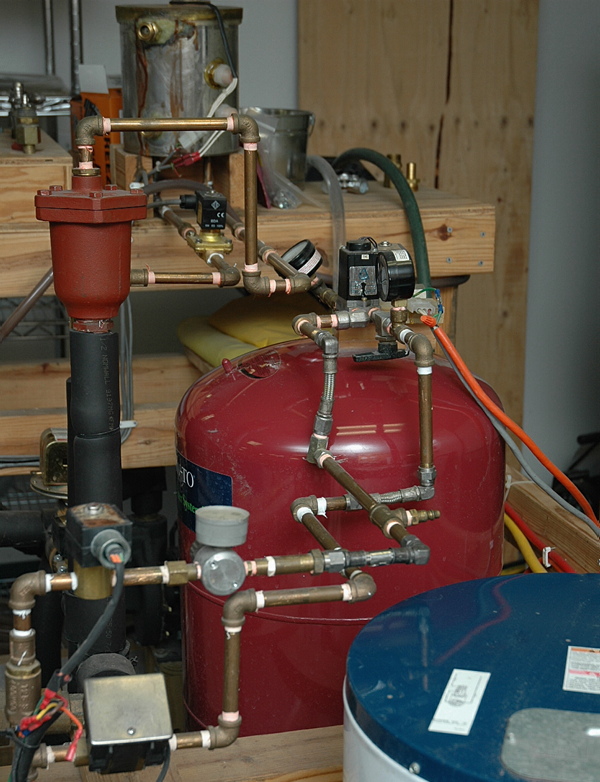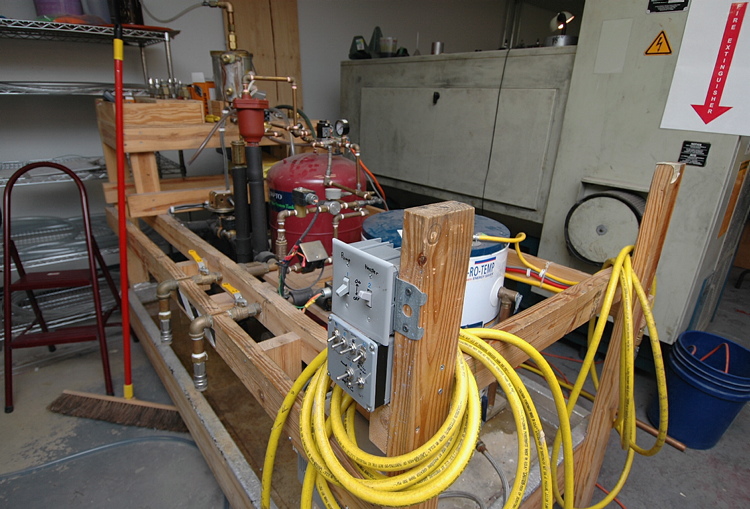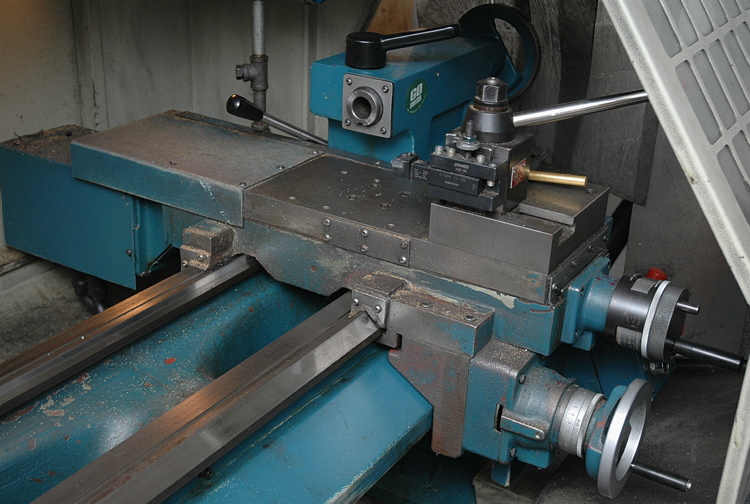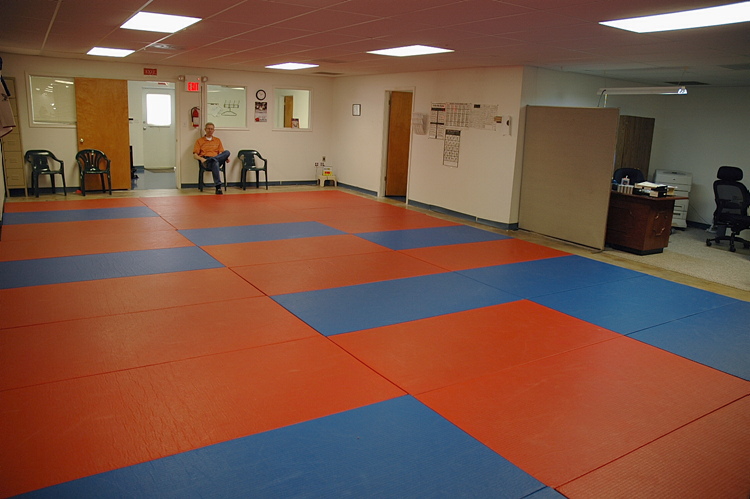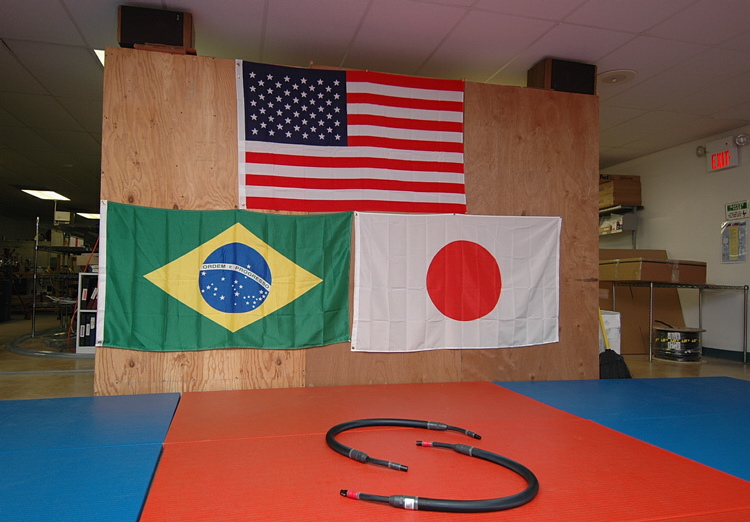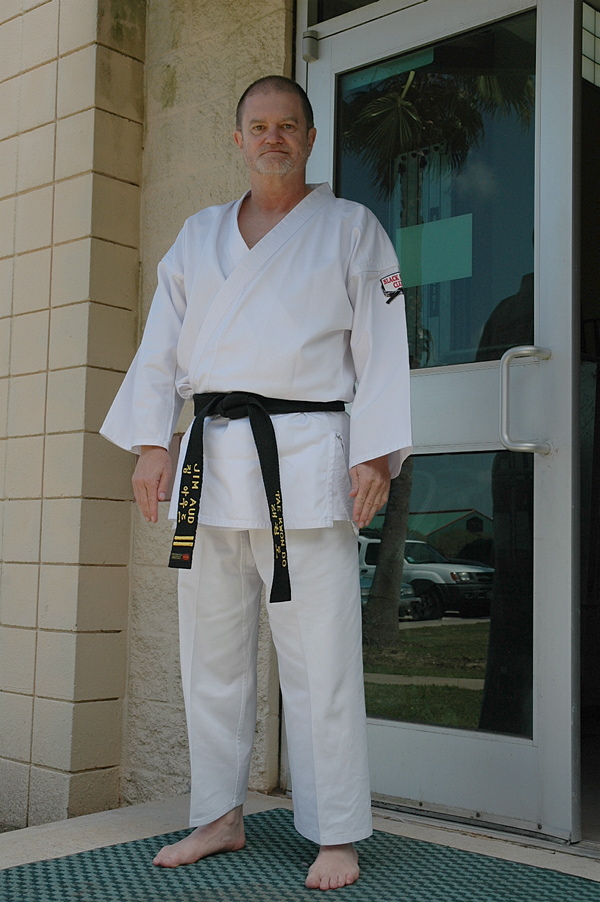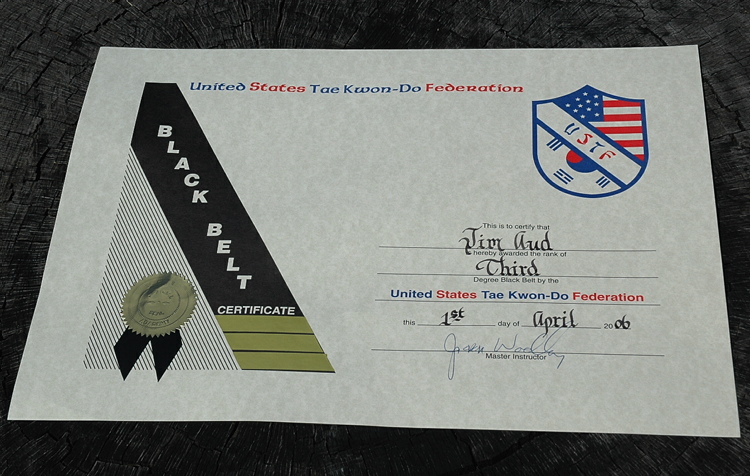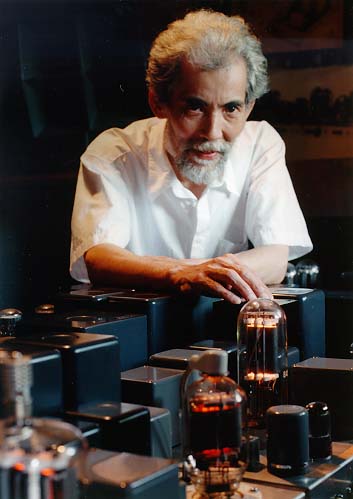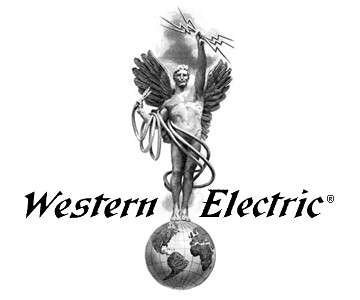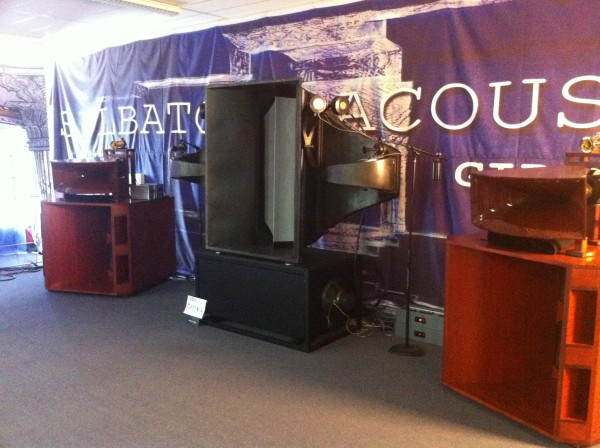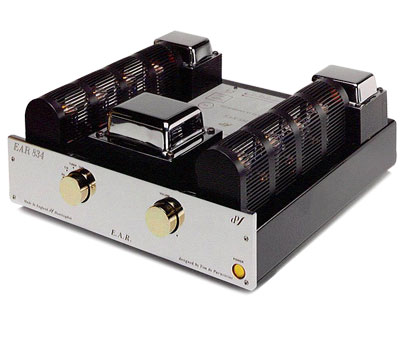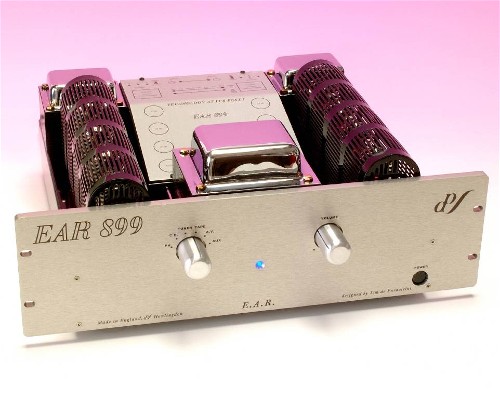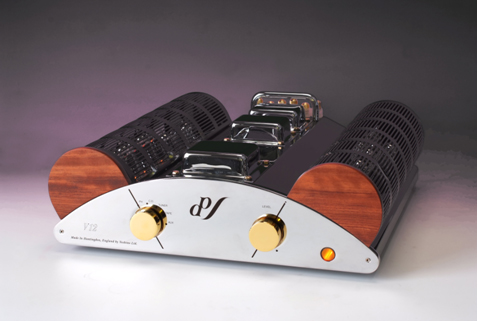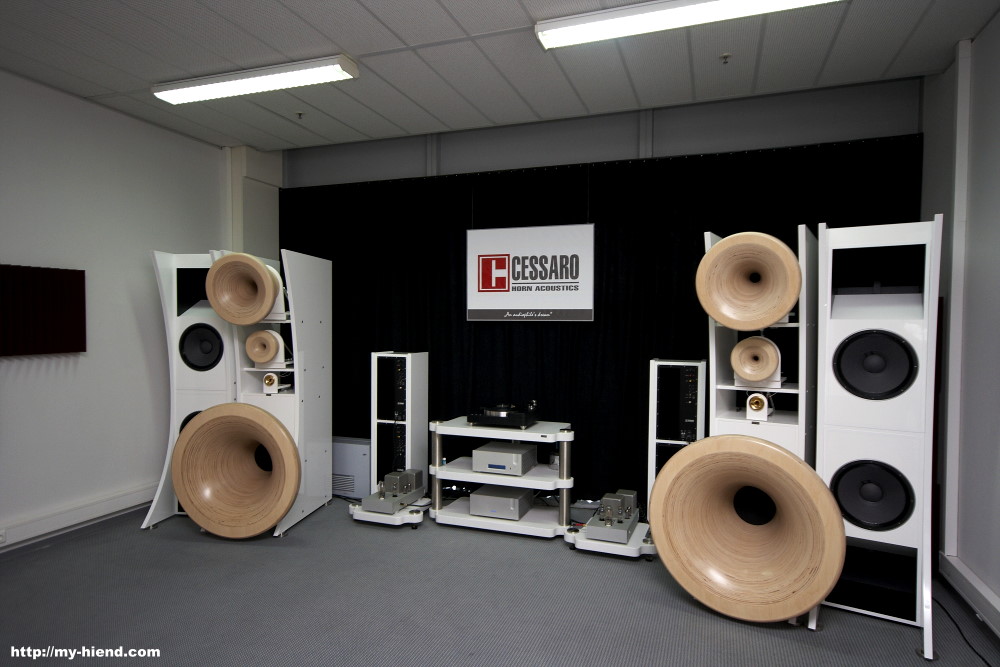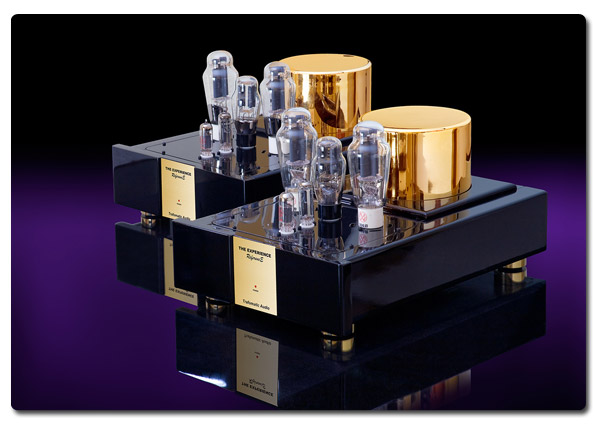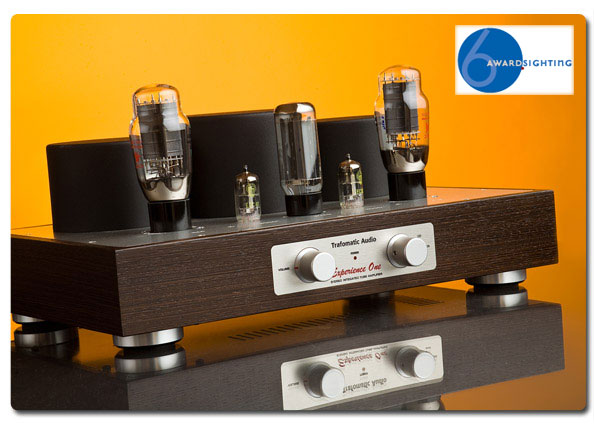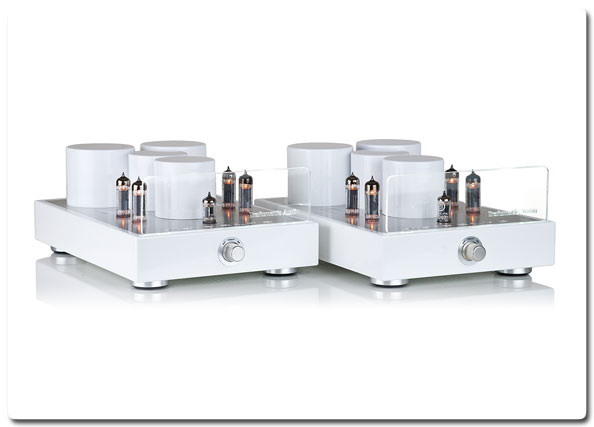اینم از خاطرات ویلسون و همسرش:
http://www.stereophile.com/content/wilson-audio-modular-monitor-wamm-loudpeaker-system
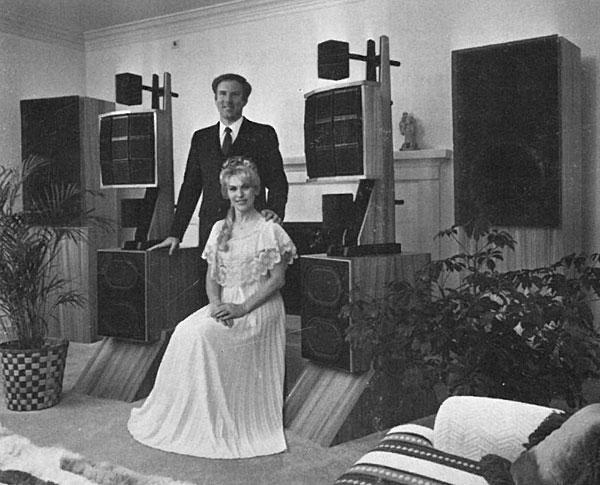
No, we made no typos in the specifications sidebar. The weight of the Wilson Audio Modular Monitor (WAMM) speaker system is enough to make you consult a structural engineer before dropping it on your living room floor—fragile, 300-year old New England frame houses are probably out. And the recent price increase from $32,000 to $35,000 is enough by itself to buy a pair of Quad ESL-63s—which is not a bad speaker system. The WAMM represents an all-out assault on both the state of the art in speaker systems and on the limits to which wealthy audiophiles will go in order to have the best (footnote 1).
Actually, it’s pretty easy to poke fun at a $35,000 speaker system—kind of like making tall-man jokes about Kareem Abdul Jabbar. The question is, is this the best speaker system you can buy? I’ve only spent a portion of two days with the WAMM, but I would have to say it’s the best speaker system I’ve ever heard, and I’d love to have a pair in my house. (I’ve even got the floor and walls to withstand the weight and low frequencies.) I’m not an authority on the Infinity IRS or the Levinson HQD (which at $29,000 and $24,000 respectively are the only speakers competing in this price category), so I can’t really make a valid comparison with the competition, though I have heard both of those systems. (An A/B comparison would require a forklift!)
Compared to the experience of live music, the WAMM does some things well that I have not heard reproduced music do before, and that’s certainly one of the main criteria. In addition to that, the WAMM proved useful in making evaluations of other equipment to a degree I’ve not experienced before. To say that every equipment reviewer should own one of these systems (what would the folks at The Sensible Sound magazine say to that?) is both fatuous and not strictly to the point. It is not, after all, through WAMMs that a clear majority of readers will be listening to their amplifiers and cartridges. I can only reiterate that I would love to have them in my home (perhaps a utility cabinet could drop the price a few $k), both for listening to music and for evaluating equipment.
Description
First, a description. The complete WAMM system consists of six pieces: two 6½’ subwoofers (also available in a low, fatter version); two 6½’ “full-range array towers” containing the mid-bass, midrange, and high-frequency drivers; one modified Crown equalizer (!!); and an electronic crossover. As implied by the term Modular in the name, the pieces are available separately: two full-range arrays with equalizer and personal calibration ($28,000), one or two subwoofers with electronic crossover by themselves ($4500 for one, $8000 for two), and the modified equalizer by itself ($1500). Other than the arrays, these are not unheard-of prices in high-end audio. The subwoofer modules are large, quite attractive boxes, heavily reinforced, which are simply enclosures for the extraordinary Magnat woofers that were mentioned last year in Stereophile (Vol.5 No.5). I have never seen a woofer as well-constructed as the Magnat. As a machine for moving air under control they seem without peer—although I’m sure the people at Hartley and Yamaha (who make a 24″ and a 36″ woofer, respectively) would differ with me on that point.
For some time now I’ve been leaning towards the opinion that smaller, highly-controlled woofers are the way to go in low- frequency reproduction. Considering that the Magnats in the WAMM system respond flat (or a little up, depending on your sitting position) down to 20Hz at sound pressure levels up to 120dB (10% harmonic distortion), they could be considered a small woofer.
The full-array towers themselves each consist of 15 separate drivers: two KEF B139 woofers mounted in an extremely well-sealed, well-baffled box which serves as a base for the remainder of the array; one modified Braun satellite speaker mounted on a handsome cast-aluminum “beanpole” immediately above the midbass enclosure; the electrostatic array (9 panels) mounted further up the array; and finally an additional Braun satellite speaker at the top of the beanpole (up where the Giant lives, so to speak). The satellites and electrostatic array are extended out in front of the vertical beanpole on aluminum rods which are themselves adjustable forward and back. The whole thing is not unattractively reminiscent of a schematic for ET, or maybe ET with a little ET riding on his (her?) shoulders.
Although ungainly, it is not unattractive, and I found the WAMMs less oppressive than the Acoustat 2+2s, which visually dominate a room in an inescapable fashion. Definitely not for small rooms (although Wilson Audio says rooms as small as 2000 cubic feet are suitable from a sonic standpoint) or audiophiles dedicated to disguising their fanatical interest in reproduced sound.
The electronic crossover is packaged in a separate chassis which can be stacked above the equalizer. The equalizer has been modified significantly by Wilson Audio, primarily by installing integrated circuit chips (with a much higher slew rate) and precision film capacitors. The original Crown costs $1200 and allows ±15dB of equalization in 11 octaves, with the centerpoint of each octave widely adjustable. At the Wilson’s house the largest variation from flat was 2dB, with most octaves equalized less than that. For those of you horrified by an equalizer, Dave Wilson pointed out that this equalizer causes 3° of phase shift for each dB of equalization; in the Wilson home there was from the equalizer a total phase shift of 6° from 0. I would be astonished to read evidence of someone detecting this amount of phase shift (though obviously the equalization itself would be detectible—that’s why it’s in there).
Sound Quality
How do they sound? There’s been much discussion in the press of the WAMM’s abilities to reproduce low frequencies at high volume levels. The shaking of several floors of the Riviera Hotel at the 1983 Las Vegas CES comes immediately to mind. These reports are not unfounded. The amount of press attention to low frequencies also reflects the interests of the WAMM’s designer, David Wilson.
Just before I left the Wilson house in Novato I was “treated” to a fairly high-level audition of one of Dave’s master tapes (Wilson Audio also makes records, which are not infrequently reviewed in these pages) wherein the organ used in one of Dave’s records plays a 16Hz note for some time. Dave had me sit in his favorite spot for that cut where he confessed, with a twinkle in his eye, the 16Hz tone was reproduced about 2dB above reference level. In other words, he’s a bass freak.
For those of you not used to hearing 16Hz at high volume (that should include almost every¬ one), it ain’t fun if you’re not a bass freak. Although clearly audible, a primary mode of sensing 16Hz is through your organs: stomach, kidney, liver, etc. which are not accustomed to being shaken around that way. Although I didn’t like it, I must confess the organ sounded very realistic and the sound was reproduced without apparent effort, distortion, or strain. That’s a real accomplishment for any sound reproduction system.
Focusing on the extraordinary low-frequency capabilities of the WAMMs misses the point, though. Their true value to the music-lover lies elsewhere. There are three character¬ istics that I found remarkable: a “bloom” in the mid and upper bass region, which allows the power of an orchestra to almost overwhelm you in live performances; seamless presentation of the entire frequency range, so that one thinks only of instruments and voices, not individual drivers; and uncanny imaging—so specific that it’s almost unrealistic.
The demonstration at the Riviera Hotel used a record with which I’m intimately familiar (Hot Stix on the M&K label). At one point in the record, the drummer beats the rim of a drum with his sticks, producing an unusual, very woody sound. On the WAMMs it was possible to hear the drum stick move from one point on the rim of the drum to a point only 2″ away, both points clearly defined (aurally) in the air. Fantastic! I’m sure this effect would not have been so dramatic in a live performance, just as I’m sure it’s information the microphones (which are frequently much closer to the performer than any listener) captured and which I was hearing reproduced accurately for the first time.
Seamless presentation of the frequency range is a characteristic shared by other speakers, even some that are not all that expensive. The Quad ESL-63, the Thiel 03a, and the new Spica TC-50 come to mind. What is unusual, and truly an achievement, is that the WAMMs do this with a complex, hybrid system over a very wide range of frequencies, much wider than the other speakers mentioned and at much higher sound pressure levels. Hybrid systems have a strong tendency to remind you of their different driver characteristics, and of the struggle the designer had in getting them to blend together. The Plasmatronics and HQD, to mention two otherwise excellent systems, are good examples. I would say that Dave Wilson has overcome this problem, certainly to a large degree. Whether he has completely overcome it would require much more extended listening; probably he has not. His technique for coming as close as he does will be described below.
I’ve saved the best for last. To say the mid and upper bass “bloom” referred to above is unusual would be a dramatic understatement. In my experience virtually all systems fail down when it comes to portraying the dynamics of live music, particularly orchestral music. Along with the upper midrange stress that always seems to accompany disc reproduction, there is an unwillingness of the system to increase its volume level as the orchestra reaches a crescendo, particularly at lower frequencies. Speakers that reproduce mid and upper bass dramatically are boomy; non-boomy speakers sound too lean. The absence of this difficulty is a hallmark of live music. The little drivers in their boxes just can’t match the 80 players with their celli, trombones, french horns, and fiddles up on that stage.
It is this acceleration of aural intensity which produces a kind of rapture in the music-lover—Do I wax too poetic? Are you checking the cover of your magazine to see if it’s really Stereophile?—that the WAMMs do uniquely well. As you can see, I was bowled over. As an equipment reviewer I would like the WAMMs for their cleanness of presentation, their tonal neutrality; as a sensual human being I would like the WAMMs for their ability to present realistic orchestral dynamics.
It’s hard to assign one specific cause to above effect. I suspect that the key decision was to use $8000 worth of cabinetry and driver to cover at most three octaves. This not only reproduces those octaves well—it frees up the rest of the system to perform in a dynamically satisfying way. Then again, the use of two KEF B139s per side, mounted in extremely well-braced boxes, to cover a frequency range that begins at 50Hz, is the kind of overkill that effects the freedom referred to above. And not to be dismissed is the all-out commitment of the designer together with his resourcefulness, the willingness to make a product that obviously will not sell in the hundreds of units and might have a hard time selling at all.
That he was willing to use modified Braun satellites and a Crown equalizer, two products that won’t win him status points amongst high-end aficionados, in his quest for aural realism is to Dave Wilson’s credit. And you shouldn’t think that his is a commercial path lined with easy money. It’s probably harder to make money producing a state-of-the-art speaker system than any way you could choose. Just ask Infinity how much they’ve made producing IRSes.
Not as much as they make selling $77 speakers, I’ll wager.
Set-Up
With the WAMM system, however, you don’t just get a bunch of boxes with a nail-puller and start unpacking. If you buy the system through a dealer the dealer ensures that you have adequate associated equipment (a word about that, later) and does the basic unpacking of the WAMMs. When all this has been done, Dave Wilson flies in and spends two days doing the final setup and calibration of the WAMM system.
There are basically five steps: (1) physical location in the listening room; (2) time-alignment of the individual driver units with respect to the listener’s specific location in the listening room; (3) basic adjustment of the equalizer to compensate for room anomalies and particular associated equipment; (4) fine adjustment of the centerpoint of each equalizer band using a unique Wilson Audio method; (5) and final adjustment of the equalizer for user preference. The two most interesting steps are (2) and (4).
One of the unusual design aspects of the WAMM system concerns physical adjustability of the drivers. Time-Alignment of drivers is a name copyrighted by E.M. Long, but the basic procedure (under some other name) can be used by any speaker manufacturer. The goal is to ensure that the successive wavefronts of a complex musical waveform produced by more than one driver will arrive at the listener’s ear at the same time.
In a rudimentary example, one can see that the so-called acoustical center of a 15″ woofer and a 1″ dome tweeter mounted on a flat speaker baffle will arrive at the speaker’s ear differentially in time simply because the woofer’s voice-coil, from which the basic signal emanates, is a significant distance further away from the listener than the tweeter’s voice-coil. In fact, calculating the arrival time of an acoustic wavefront from a particular driver is a complex process wherein minor changes in crossover and driver design become important.
Dave Wilson is able to solve this problem in a fairly straightforward fashion due to the fact that his drivers, each in their individual enclosures, can be moved from front to back, and because his listener chooses one ideal seat and speaker location, to which Dave can customize the speaker orientation. Other designers must assume a specific listener distance from the speaker and height off the floor—probably most listeners are not actually located where they “should” be, and so the time-alignment for those listeners is inaccurate. Specifically, Dave mounts a microphone at the height and location of his listener’s ear and aligns each driver starting with the midbass unit so that a test pulse arrives at identical times from the different drivers (both midrange units, at different heights, and the tweeter panel). Since the ear is insensitive to low-frequency arrival times, the placement of the subwoofers is made so as to excite room resonances as little as possible, or following aesthetic considerations.
The other fascinating adjustment by Dave Wilson concerns the adjustment of the centerpoint of the equalizer passbands, a process he calls “vowelization” or “vowelling”. With the equalizer set for approximate amplitude correction, Dave puts on a master tape of Sheryl Lee Wilson, his wife (see the cover of Vol.6 No.2), singing. He then adjusts the centerpoint of the midrange bands on the equalizer, creating an “oooh–aaah” effect until he arrives at the point which to his ear most accurately reproduces his wife’s voice—a source with which he is quite familiar.
Great idea! Dave has promised to write an article for us on this technique, which should be usable by the general audio public (provided they own a Crown equalizer with its adjustable centerpoints)—unless of course the wife’s voice is not a source of delight. In that unlikely instance, the equalizer might be used to eliminate a certain stridency in the offending wife’s voice—which stridency would no longer be available in your favorite Shostakovitch violin sonata!
An Analysis Tool
An interesting aspect of my visit to Wilson Audio was the use the WAMM system can be put to for analyzing differences between associated components. First, the components we used: (1) source material was Wilson Audio master tapes played on a modified Revox A77 and analog records, primarily from Wilson Audio, as played by an EMT/van den Hul cartridge mounted in a Technics tonearm on an Oracle turntable; (2) pre-preamplification through a Sig Modes-modified “Powerlight 3” head-amp; preamplification through the Spectral DMC-10 (Beta); amplification through two Krell KMA-200 amplifiers and the BEL 2002 amplifier.
As a test of the system’s resolving capabilities, as well as two highly rated cartridges, we compared the van den Hul EMT to the original master tapes as well as to the Accuphase AC-2, which would also be compared to the master tapes. A switching device was rigged up so that the two cartridges could be played through the same preamplifying device. Methodological problems lay in the use of two different turntables and tonearms, as well as a switching device whose changes were noticeable through a fairly loud click.
Most profoundly noticeable was the system’s ability to resolve small differences. We were fortunate to have on hand master tapes of the discs we were listening to. Outside of PCM-F1 copies of master tapes (to which I imagine Dave would object) I don’t know of a way to compare a disc to its master tape in a home situation.
The results? Well, the van den Hul EMT produced a very faithful recreation of the master tape. I’m astonished that it’s possible to amplify the signal from a tape, operate a cutting stylus to create a lacquer, make a mother and then a stamper, stamp a vinyl disc, turn it on a turntable, play it with an electro-mechanical generator interacting with the semi-fluid vinyl, and run it through an RIAA correction circuit with so little degradation. The test was neither single- nor double-blind but I could easily have become confused between the cartridge and the master tape. There were small differences in the amount of detail available, but only repeated playings of the comparison would reveal this. Spectral balance was virtually identical with the exception of the lowest bass, where the van den Hul EMT was slightly deficient.
How did the Accuphase AC-2 do? By comparison to either the EMT or the master tape, there was a constant amount of mid- to high-frequency distortion added to the music, as an overlay. To describe it as an extra amount of sibilance gives an accurate idea of the sound. This distortion was readily evident comparing to either the master tape or the van Den Hul.
Summing Up
So, what do we have with the WAMMs? For me it’s the most enjoyable speaker system I’ve listened to, and significantly valuable as a diagnostic tool. This is particularly true when evaluating cartridges, preamplifiers, turntables and other source material. I urge caution in using the WAMM system, or any particular speaker system, for evaluation of amplifiers. Time and time again we at Stereophile have seen an extremely good amplifier fall down with some particular system, and conversely have found combinations where an otherwise ordinary amplifier mates very well with a particular speaker.
In this respect the WAMM is not different from other speaker systems. In matters of clarity and revelation of detail the system may be unsurpassed; with respect to tonal balance the WAMM is a special load for an amplifier, and results obtained with it may well not be universally applicable. Moreover, the WAMM’s use of an equalizer, which is presumably adjusted to accommodate the varieties of amplifier used, should put on an equal basis many otherwise different amplifiers. Nevertheless, I lust after this speaker system for use in evaluating related components.
Is it worth the money? Surely not, for any person whose income or net worth is less than stratospheric—and certainly not for one who has to be concerned with mundane subjects like mortgage payments and mere cost-of-living salary increases. But my dealings in the expensive automobile business have revealed to me that there is a significant number of Americans (and non-Americans) to whom large amounts of money are merely digits to be entered in their checkbook—they don’t worry about the balance, which apparently takes care of itself. To such people, or possibly to an absolutely fanatic though financially more normal audiophile, I would certainly recommend an audition of the WAMM speaker system.
Aiming for such heights in audio componentry is a bold first move for David and Sheryl Lee Wilson, and I wish them all the luck in the world. I have my reservations about their most recent $7000 price increase (footnote 1), though it may not put off any truly potential buyers. About one thing I have no reservations: I can think of no person or company I would prefer to have supporting and warrantying such a substantial investment.
Read More
